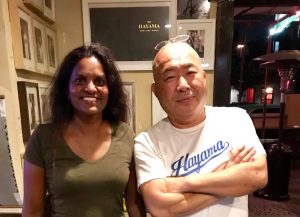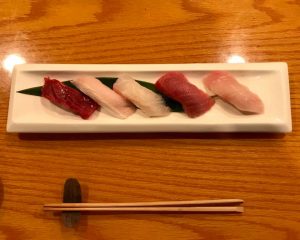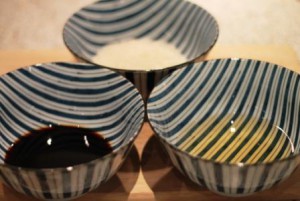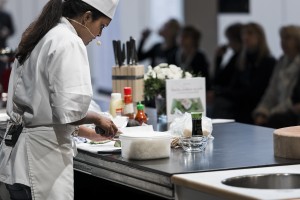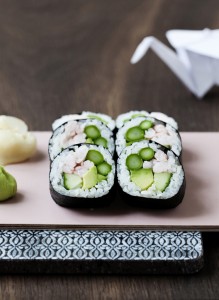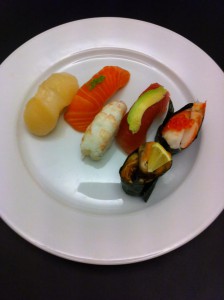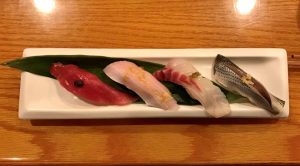
More Japanese sushi in Los Angeles
Yes, another evening of great Japanese sushi in Los Angeles. Japanese sushi is very simple in its expression but the individual sushi pieces just melt on the tongue.
Last night there were several Japanese sushi chefs inside and outside the sushi bar. I get the most out of talking about sushi with Japanese trained sushi chefs.
This Friday night I will be back in the sushi bar in Los Angeles. It is going to be great I learn a lot from Mino a Japanese sushi chef with 36 years of experience.
Emmy’s Awards are being presented this Sunday it is not be boring in LA this weekend.
Read more about Sushi chef & sake sommelier Zoë Escher
_
Zoë has held sushi courses and cooking classes for A. P. Moller – Maersk, Hugo Boss Nordic, Novo Nordisk, Novartis, Velux, Gorrissen Federspiel, Beierholm revision, Elbek & Vejrup and many more.

